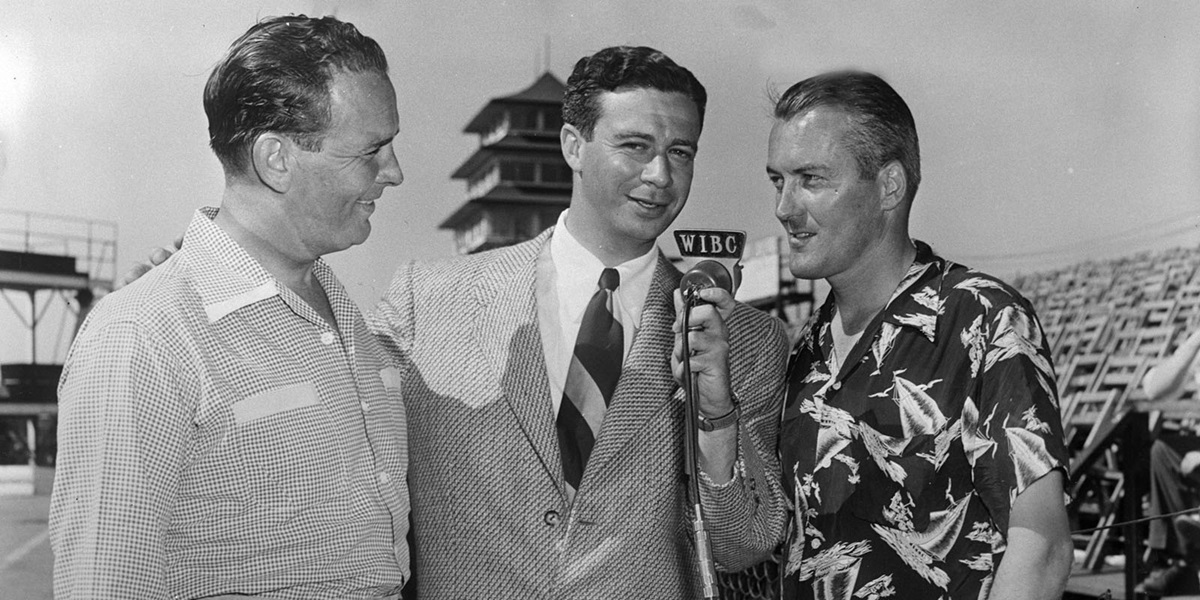
Indy 500 Traditions: 'The Greatest Spectacle in Racing' Has Unique Origins
May 01, 2020 | By Donald Davidson, Indianapolis Motor Speedway
The term “The Greatest Spectacle in Racing” is derived from the standard station “out cue” which has been used on the Indianapolis Motor Speedway Radio Network broadcasts now for over 60 years.
Although radio broadcasts of the “500” began in the mid-1920s, it was not until 1953—the second year for the IMS Radio Network—that the race was covered from flag to flag. Prior to that, the standard format had been to cover 30 minutes at the beginning (15 minutes of prerace ceremonies and the first 15 minutes after the start) and 30 minutes at the end, with several two- to five-minute updates throughout the rest of the day.
When the Network decided in 1953 to cover the entire race (in a program which could last in excess of four-and-a-half hours), management sought input from stations around the country as to how the broadcast might be improved. One of the main suggestions, along with an abundance of glowing compliments, was the request for some kind of standard “out cue” to alert the engineer/“board op” that a station break was forthcoming.
While those with duties in central Indiana more than likely were fans of the race, those in Vermont, Nebraska or Oregon, for instance, may not necessarily have been. They probably were sitting in the studio by themselves on Memorial Day and needed to be alerted with some kind of key phrase that a station break was forthcoming.
Richard Fairbanks, owner of WIBC in Indianapolis, the Network’s flagship station, called his staff together and asked them to be thinking about a suitable phrase. It was a 21-year-old advertising copy writer named Miss Alice Greene who suggested the one that caused everyone to perk up. And throughout the 1954 broadcast, chief announcer Sid Collins was to utter the eventually immortal words, “Stay tuned for ‘The Greatest Spectacle in Racing.’”
This was exactly what the station owners had hoped for, and the tradition continues to this day.